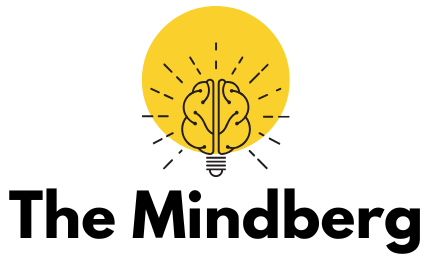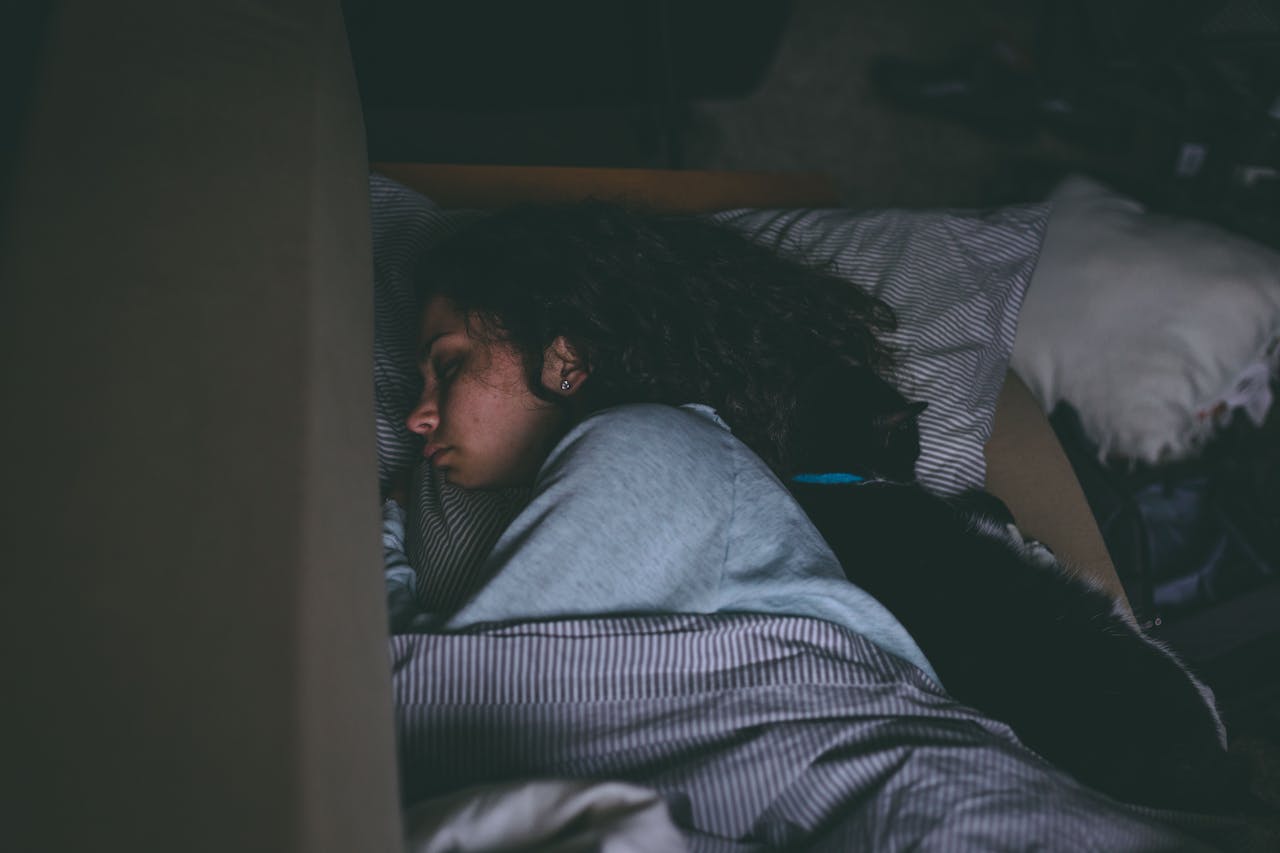Hypnagogic hallucinations are vivid sensory experiences that occur during the transitional phase between wakefulness and sleep. These episodes can involve visual, auditory, or tactile sensations that feel incredibly real, often leaving individuals confused or alarmed. Unlike typical dreams that occur during deep sleep, hypnagogic hallucinations happen as the mind begins to drift off, blurring the line between reality and sleep. For some, these experiences may seem harmless, manifesting as fleeting visions or sounds, but for others, they can provoke fear, disrupt sleep, or contribute to conditions like sleep paralysis.
Understanding the nature of hypnagogic hallucinations is essential for managing their impact on daily life. Although they are commonly linked to sleep disorders, stress, and irregular sleep patterns, they can also affect individuals without any underlying health issues. With the right approach, it is possible to minimize their occurrence and reduce their intensity. This article explores the causes, symptoms, and management strategies for hypnagogic hallucinations, providing practical guidance for those navigating this unique phenomenon.
Understanding the Phenomenon of Hypnagogic Hallucinations
Hypnagogic hallucinations occur during the hypnagogic state, the brief phase of consciousness between wakefulness and sleep. This state is marked by a relaxed yet alert mental state where the brain transitions into a slower wave activity associated with sleep. During this period, sensory misinterpretations can arise, leading to the hallucinations that define this condition.
These hallucinations can vary widely, ranging from simple sensations, such as hearing your name called, to complex and immersive experiences, such as seeing vivid images or feeling someone’s presence. While they are typically benign, their realism can make them startling or distressing for those experiencing them.
The prevalence of hypnagogic hallucinations varies, with some individuals encountering them sporadically while others experience them frequently. Recognizing the difference between these hallucinations and other sleep phenomena, like sleep paralysis or lucid dreaming, is crucial for understanding their unique nature.
Common Triggers of Hypnagogic Hallucinations
Stress and sleep deprivation are among the most common triggers of hypnagogic hallucinations. High levels of stress can overstimulate the brain, making it more likely to misinterpret sensory input during the transition to sleep. Similarly, insufficient rest disrupts the natural sleep cycle, increasing the likelihood of experiencing these hallucinations.
Certain medications, including those that affect the central nervous system, can also contribute to hypnagogic hallucinations. Antidepressants, sedatives, and stimulants may alter brain activity, heightening susceptibility to sensory distortions.
Underlying sleep disorders, such as narcolepsy, are strongly associated with hypnagogic hallucinations. Individuals with narcolepsy often experience disrupted sleep patterns and excessive daytime sleepiness, both of which increase the likelihood of hallucinations. Lifestyle factors, such as irregular sleep schedules or excessive caffeine consumption, can further exacerbate this phenomenon.
Differentiating Hypnagogic Hallucinations from Other Conditions
It is essential to differentiate hypnagogic hallucinations from other conditions that may present with similar symptoms. Sleep paralysis, for example, often co-occurs with hypnagogic hallucinations but includes an inability to move, creating a distinct and often more terrifying experience.
Nightmares, on the other hand, occur during REM sleep and involve vivid, emotionally charged dreams, whereas hypnagogic hallucinations happen during the onset of sleep. Hallucinations related to psychiatric conditions, such as schizophrenia, typically occur during wakefulness and are often accompanied by other cognitive or emotional disturbances.
Understanding these distinctions can help individuals and healthcare providers accurately identify and address hypnagogic hallucinations, ensuring that they receive appropriate support and treatment.
Managing Stress and Improving Sleep Hygiene
Stress management is a critical component in reducing the frequency and intensity of hypnagogic hallucinations. Incorporating relaxation techniques, such as deep breathing, meditation, or progressive muscle relaxation, can help calm the mind before bed. Journaling or engaging in creative activities may also alleviate stress and promote a sense of mental clarity.
Establishing good sleep hygiene is equally important. Creating a consistent bedtime routine, avoiding screens before sleep, and maintaining a cool, dark sleeping environment can help regulate the body’s natural sleep-wake cycle. Limiting caffeine and alcohol intake, particularly in the hours leading up to bedtime, can also reduce disruptions to sleep patterns.
By addressing stress and improving sleep hygiene, individuals can create a foundation for healthier, more restful sleep, thereby minimizing the occurrence of hypnagogic hallucinations.
Exploring Medical Interventions for Persistent Symptoms
When hypnagogic hallucinations persist despite lifestyle changes, medical intervention may be necessary. Consulting a healthcare professional can help identify underlying conditions, such as sleep disorders or neurological issues, that may contribute to these episodes.
Treatment often involves addressing the root cause, such as prescribing medications for narcolepsy or adjusting medications that may be contributing to the hallucinations. In some cases, cognitive-behavioral therapy (CBT) can be beneficial for managing anxiety or stress related to the hallucinations.
Sleep studies may also be recommended to monitor brain activity and identify abnormalities in the sleep cycle. These studies provide valuable insights that can guide treatment plans and improve overall sleep health.
Incorporating Relaxation Techniques and Mindfulness
Relaxation techniques, such as yoga or tai chi, can help balance the mind and body, making it easier to transition into sleep. These practices encourage mindfulness, which promotes awareness of the present moment and reduces anxiety about sleep-related experiences.
Guided imagery, a technique that involves visualizing calming scenes or scenarios, can also help shift focus away from distressing thoughts or sensations. By incorporating these practices into a nightly routine, individuals can reduce the impact of hypnagogic hallucinations and improve their overall sleep quality.
Mindfulness-based stress reduction (MBSR) programs may offer additional support by teaching practical tools for managing stress and enhancing emotional resilience. These programs have shown promise in improving sleep quality and reducing the frequency of sleep disturbances.
Addressing the Psychological Impact of Hypnagogic Hallucinations
The psychological impact of hypnagogic hallucinations can be significant, particularly if the episodes are frequent or distressing. Individuals may develop anxiety or fear around bedtime, further exacerbating sleep issues.
Seeking support from a therapist or counselor can provide a safe space to explore these feelings and develop coping strategies. Joining support groups or online communities can also help individuals connect with others who have experienced similar challenges, fostering a sense of understanding and solidarity.
By addressing the emotional aspects of hypnagogic hallucinations, individuals can regain a sense of control and reduce the impact these episodes have on their daily lives.

